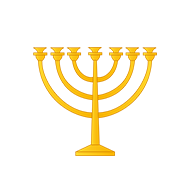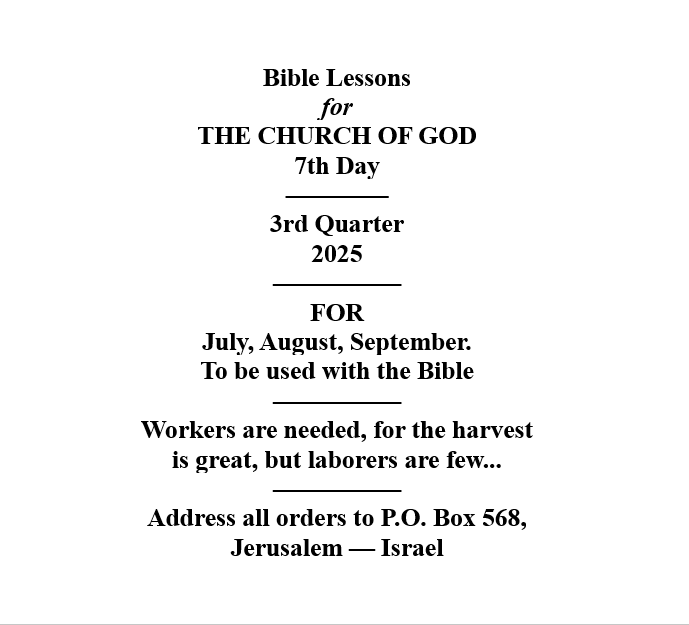The first Christians wouldn’t recognize today’s Santa-centric holiday, let alone figure out what that tree is doing in the living room.
History doesn’t record when the first Christmas was celebrated, but it was probably sometime in the fourth century CE, in the Roman Empire. What’s sure is that the first historic record of the holiday is a calendar dating from 354 CE, belonging to a rich Roman Christian named Philocalus.
That calendar tells us that on the same date – December 25 – another holiday was celebrated, marking the birth of Sol Invictus, “the Unconquered Sun.” That was a new pagan cult, worshiping a new sun deity.
Both these holidays coincided with the Roman festival of Saturnalia, which had been celebrated from December 17 to December 24th. That was a festival celebrating the god Saturn, which – as we will see – contributed heavily to latter-day Christmas traditions.
Why December 25?
Scholars differ on why December 25, was chosen as the birthday of Jesus, since it apparently wasn’t.
Hippolytus, in the second century, was probably the first to propose this date. The New Testament doesn’t tell us when the birth took place: and the only clue the text gives us – “some shepherds staying out in the fields keeping watch over their flock by night” (Luke 2:8) actually implies that the birth took place in the spring or summer, as sheep would have been kept indoors during the cold winter nights.
Most probably that date was based on the birth-date of Sol Invictus, which is marked on the Winter Solstice – when the sun overcomes darkness and the days begin to get longer.
The sun is born
Early Christian symbolism would often liken Jesus with the sun.
As Christianity developed, becoming the official religion of the Roman Empire, many pagan traditions were assumed . This is blatantly clear in the case of Christmas, which took on many of the traditions of Saturnalia, most notably the traditions of gift-giving and merrymaking.
When the Germanic tribes adopted Christianity and with it the holiday of Christmas, they too contributed to the traditions of the holiday by incorporating aspects of the pagan winter festival Yule into the Christian holiday. Most notable of these are the veneration of evergreens, which would with time morph into the Christmas tree; the traditions of holly and mistletoe decoration; and a wild hunt of flying creatures led by the long-bearded god Odin, who is believed to have been the prototype of Santa Claus.
A Greek bishop merges with Odin
Another aspect that Christmas adopted from the Germanic Yule is heavy drinking.
Though this is not associated with Christmas anymore, during the Middle Ages drinking was a major part of the holiday. In general Christmas during the Middle Ages would have been very foreign to a modern-day observer – it was mostly a festival of drinking and revelry, much closer to Saturnalia than our modern Christmas.
It was during the Middle Ages when the veneration of Saint Nicolas, a third to fourth-century Greek bishop living in what is today Turkey, developed into the holiday figure of Sinterklaas in the Netherlands.
St. Nicolas was said to have given gifts to children and thus was considered the patron saint of schoolchildren. According to tradition, Sinterklaas would come from Spain on a steamboat accompanied by a mischievous Moorish helper called Zwarte Piet. This helper would kidnap bad children and report to Sinterklaas on good children, who would then receive gifts on Dece,ber 6th, which was Sinterklaas’ feast day.
Later, during the Reformation, many Netherlanders stopped celebrating the saints’ feast days, and the gift-giving associated with Sinterklaas migrated from December 6 to Christmas.
Christmas is banned, the people are unimpressed
In the English-speaking world, the Protestant Reformation was even more radical, abolishing not only saint feasts but going as far as banning Christmas itself.
In the wake of the English Civil War, Christmas was abolished in 1647, though many outright acts of protest followed, with people defying the Puritans and continuing to celebrate the holiday, albeit in a less public manner.
Even after the restoration of the Monarchy in 1660, celebration of Christmas wasn’t completely restored to its former glory.
At roughly the same time, the tradition of setting up a tree in one’s home and lighting candles began to spread in Germany. The concept spread among European nobility during the 18th and 19th centuries, reaching the lower classes only in the late 19th century.
The huge success of Charles Dickens’ “A Christmas Carol” in 1843 greatly contributed to popularizing Christmas, and gave it much of the qualities we associate with it today: a holiday centered around the family, as opposed as a community holiday celebrated in church.
The book also contributed to the popularity of the phrase “Merry Christmas,” which appears many times throughout it. That very same year the first commercially printed Christmas cards were printed and sold, bearing that wish – “Merry Christmas”.
Meanwhile in 1823, “A Visit From St. Nicholas” (that’s the poem starting with “’Twas the Night Before Christmas”) by Clement Clarke Moore was published in the United States. This contributed to the spread of Santa Claus, at this point merging the serious Dutch Sinterklaas with the jolly English personification of Christmas known as Father Christmas, and gift-giving in the English-speaking world.
Come the Chinese restaurant
This emphasis on gifts led merchants and manufactures to decorate their stores and ads with Christmas themes, hoping it would be their products that would be bought and gifted. By the mid-19th century people began to complain that the holiday was losing its “true meaning” in face of commercialization.
In 1870, President Ulysses S. Grant signed a law that officially made Christmas a secular federal holiday.
This coincided with a mass influx of Eastern European Jewish immigrants into America. Finding shops closed on this day and not celebrating Christmas themselves, they found themselves going to Chinese restaurants that stayed open because their owners didn’t celebrate Christmas either. Moreover, the Chinese restaurants were located nearby, as Jewish, Chinese and other poor immigrants tended to live in the same slums.
This is the origin of the Jewish-American tradition of eating at Chinese restaurants on Christmas.
Many of the most popular Christmas carols were written and composed in the 19th Century: “Silent Night,” originally in German in 1818, “O Holy Night,” originally in French in 1847, “Joy to the World,” originally in English in 1839, “Jingle Bells,” also originally in English, in 1857, and “Deck the Halls,” originally in Welsh in 1877, to name a few.
These began to be superseded after the advent of the radio and the phonograph by popular Christmas songs especially during the 1930s, 1940s, and 1950s. Many if these were written by Jews, among them: “Sleigh Ride,” written by Mitchell Parish, originally Michael Hyman Pashelinsky, in 1948, Let It Snow! Let it Snow! Let it Snow!” was written and composed by Sammy Cahn (b. Samuel Cohen) and Jule Styne (b. Julius Kerwin Stein) in 1945. Irving Berlin (b. Israel Isidore Beilin) wrote “White Christmas”, and Johnny Marks wrote both “Rudolph the Red-Nosed Reindeer” and “Rockin’ Around the Christmas Tree.”
Christmas broadcasts began in earnest during the second half of the 20th century, most notably Frank Capra’s “It’s a Wonderful Life” from 1946 and “A Charlie Brown Christmas,” which first aired in 1965.
In recent years Christmas has become a battleground for the opponents of the separation of church and state, who oppose the public endorsement of the Christian holiday by government and public companies and conservative Christians, who believe a “War on Christmas” is being waged. The liberals claiming the worship of Jesus shouldn’t be forced on them and the conservatives claiming that their right to worship freely is being infringed upon. But if the Protestant Reformation with all its power couldn’t manage to stamp out the holiday spirit, grousing in the op-eds section of the press isn’t likely to either.
Article adopted from https://www.haaretz.com/us-news/1.565113




Leave A Comment